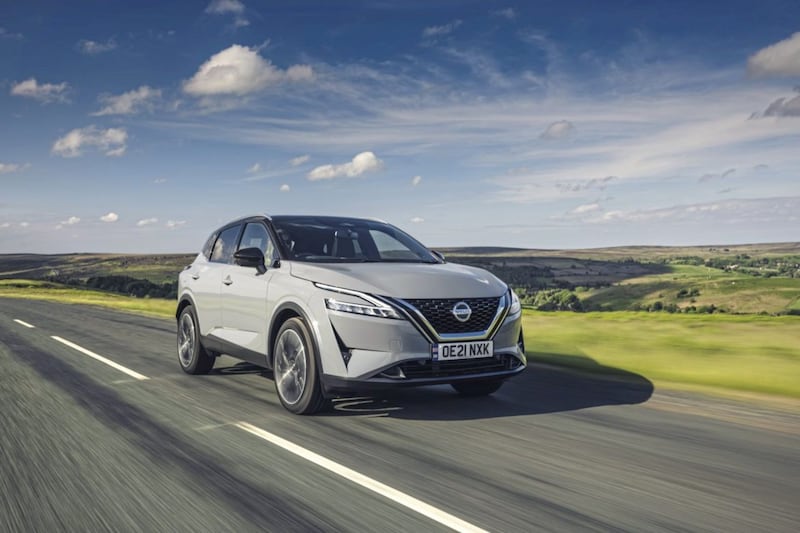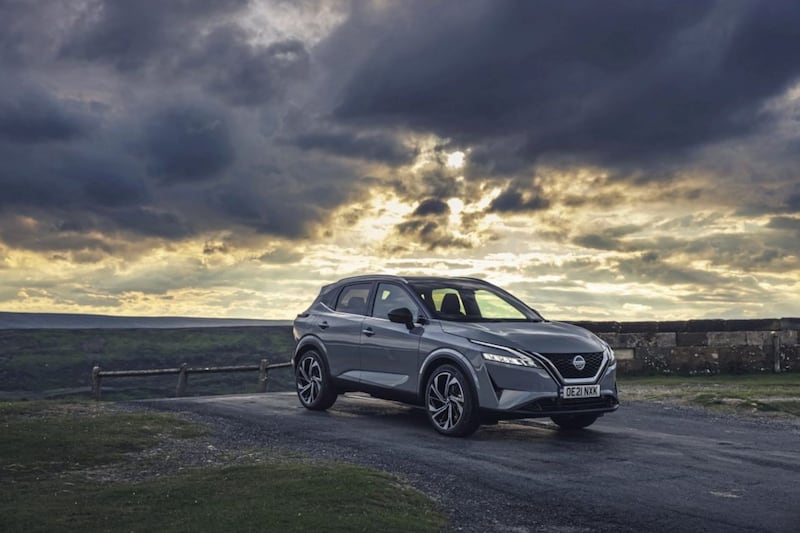THE original Nissan Qashqai, which went on sale in 2007, was one of the most significant cars of recent years.
Ubiquity - for it went on to become a top 10 best-seller, year after year after year... - and its prosaic nature - this is a family car, no more and no less - as well as the passage of time have perhaps softened the impact made by this strangely-named, British-built vehicle.
But it was the Qashqai that lit the blue touchpaper under the shift from the family hatchbacks that populated our roads then towards the SUVs they are awash with now.
As with the Apple iPhone, which launched in the same year, Nissan had come up with a product that the public would really want - even if they hadn't realised it just yet.
The Qashqai concept, which has gone on to become the template for pretty much every family SUV since, is a simple one. It's a family car with the approximate footprint of a hatchback and just as easy to drive and as affordable to run, but 'crossed over' with the advantage of some 4x4-esque elevated ride height, a raised driving position and a bit more room for passengers.
Nissan wasn't the first to come up with a 'crossover'. Notably, three Japanese competitors got there first, in the shapes of the Toyota RAV4 (1994), Honda CR-V (1996) and Subaru Forester (1997). Those with longer memories may even recall the Matra Rancho - in production from 1977 to 1984) as an even earlier European effort on the theme.
However, with the Qashqai, Nissan managed to hit European car buyers' sweet spot - its crossover was the right size, the right price, the right car at the right time.
It was the gateway drug that led to the plethora of SUVs and crossovers - a semantic distinction, really - that flood our roads these days.
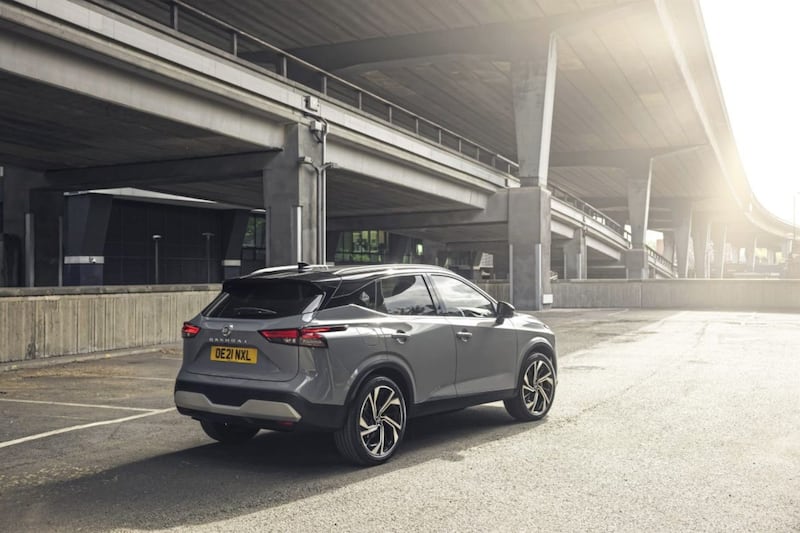
The Qashqai may have a host of imitators and rivals, but it still sells very well, thank you very much. It's become one of those cars that people repeat-buy because it fits into their lives so well.
That being said, though it was still a strong seller, the second generation Qashqai had become rather off-the-pace by the time Covid started sweeping around the world.
The all-new third generation model arrived at the start of 2021 but, as with many cars which debuted during the pandemic, you could be forgiven for missing its arrival because other, more important things were going on at the time.
Which would be something of a shame, for this new Qashqai is a rather fine family car. It doesn't do anything particularly extraordinary, but it does do all the important things very well.
It is this all-round competence that distinguishes the best family cars, that allows them to slot seamlessly into a life of school runs, supermarket car parks, day trips and visits to the beach.
Some might regard these as humble - humdrum even - duties, but what higher calling is there for a family car than to become part of the family?
After selling millions of Qashqais, Nissan has the brief nailed. Here are just two examples of the way they've thought about how to make your life easier.
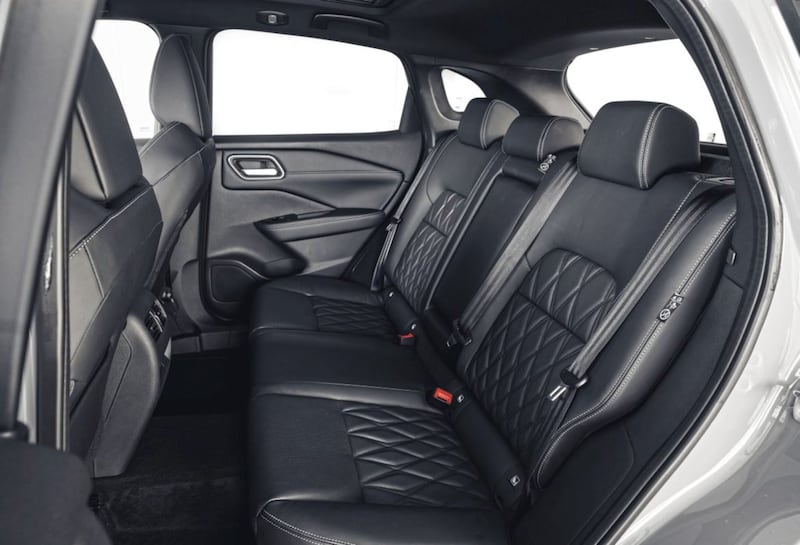
First, the back doors open really wide - I didn't have a protractor to hand, but they must swing by almost 90-degrees. Anyone with experience of loading children into car seats and checking seat belts are fastened properly will know how important that sort of access is.
Second, the boot is properly useful. Of course, it's large and can obviously carry lots of stuff. But it's the way the boot floor works that elevates the Qashqai. There's a two-part false floor - carpeted on one side, with a sort of rubber on the other for whenever mucky wellies and scooters are getting carted about - which can be used to divide the boot into two large sections. Your shopping need never roll around again. Or your family's wet coats and shoes soak the things that have to be kept dry. Yes, other cars have something similar. But honestly, it's just easy to use it in the Nissan.
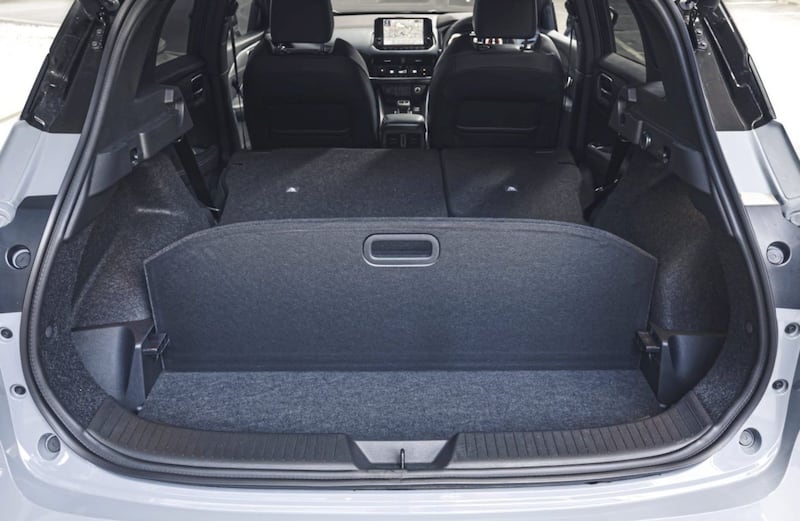
The back seat is generous, and headroom notably good even for lankier rear passengers. The hump in the middle of the floor is low too, so the middle passenger in a three-abreast arrangement shouldn't have much to complain about. There's also USB sockets back there, to keep teenagers happy...
Those in the front will feel as if they are in a far more spacious car than the last Qashqai. This new model is a big step up not only in perceived space but in the quality of the materials and build. The dashboard is nicely designed, though a slightly retro feel to the graphics on the digital dashboard and central infotainment screen rather jar with the crisp modernity of the rest of the interior.
At least Nissan has managed to do the sensible thing and keep real knobs and switches for the heating controls, rather than bury them in a touchscreen sub-menu.
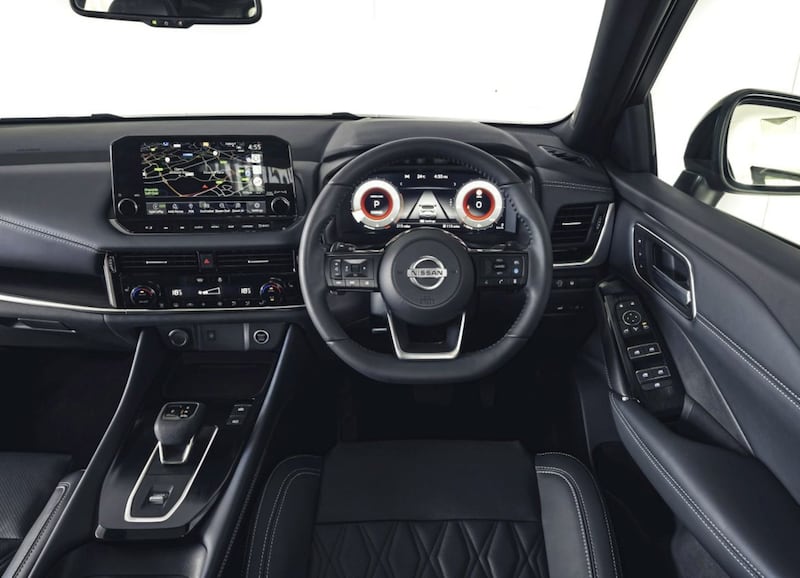
To these eyes, the exterior styling is a massive improvement on the previous Qashqai, which was rather inoffensive and bland. This new Qashqai has a bold, in yer face front treatment, all sharp creases and attitude, with LED slashes for the lights and a very large Nissan badge. There's an unmistakable family identity shared with the latest Juke and the new electric SUV, the Ariya.
That being said, the front treatment isn't as wilfully odd as a Hyundai Tucson; it is eye-catching though, perhaps the new Kia Sportage is in similar visual territory.
Nor is the Nissan as adventurous as those cars once your eye moves from the front towards the back of the vehicle. But it is a cohesive, neat design, and one we will doubtless become very familiar with.
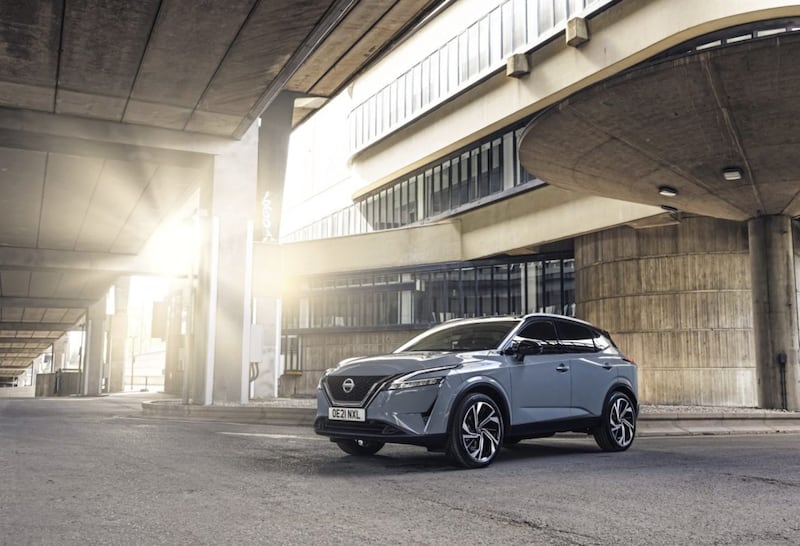
You can specify your Qashqai with a striking two-tone paint finish. This looks good, but does seem to be very expensive - paintwork upgrades on the test car amounted to £1,145...
Trim levels follow Nissan's usual pattern of Visia (which you'd probably want to avoid, from £24,555), rising to Acenta Premium (from £27,155), N-Connecta (from £29,190, the best value, and the one you should probably buy), Tekna (from £31,865) and Tekna+ (from £35,195, all the bells and whistles but getting expensive...).
Engines are 1.3-litre mild-hybrids petrols - you can't buy a diesel any longer - in either 138bhp or 156bhp tune - and you can have a six-speed manual or a CVT automatic transmission. You can specify four-wheel-drive, though only with the more powerful engine and CVT combination.
None of those set-ups are going to make the hairs stand up on the back of the neck of a keen driver, but the Qashqai isn't that sort of car. It just goes about its business, getting you and the family from A to B in a quiet, fuss-free manner. The handling is similarly low-key. But that's OK - as I've emphasised, the Qashqai is the essence of family transport, not a hot hatch in disguise, which is clearly what Nissan knows its customers want.
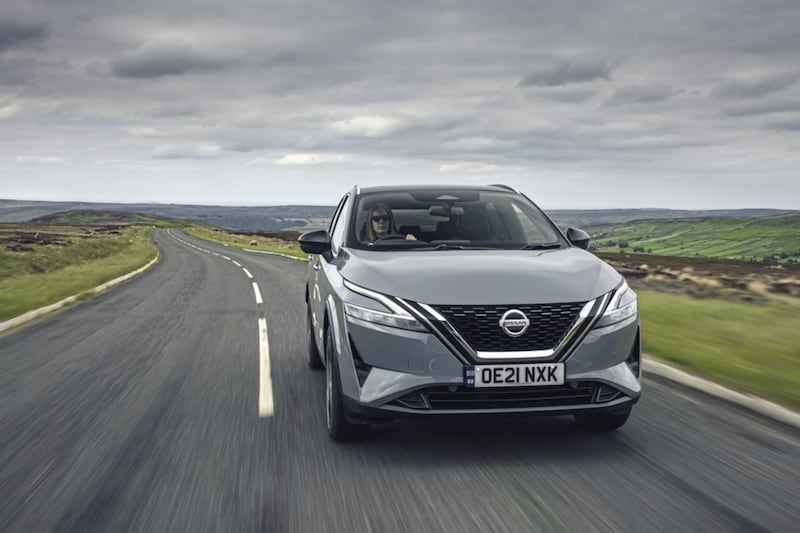
They also want many safety gadgets, judging by the sheer quantity of 'systems' aboard the Qashqai - and very good they are, too.
It's worth noting that a new electrified drivetrain should arrive later this year. Called 'e-power', it uses a petrol engine to generate electricity, which is stored in a battery, which in turn is used to power an electric motor.
The petrol engine is not connected to the wheels at all, meaning the e-power car is essentially an electric car with its own on-board charging station.
It certainly addresses range anxiety - though perhaps 'charger anxiety' is more accurate - and could be a useful step between petrol engines and a fully electric near-future. Alternatively, it could be a bunch of over-complicated compromises... We'll have to wait to try it and find out for ourselves.
The Nissan Qashqai was once a truly distinctive product, but that has been lost in the face of its own popularity and the explosion in demand for SUVs in general. The latest version has taken the family SUV template and refined it even further, with Nissan creating a car that is highly competent in all areas and greater than the sum of its parts. It's an excellent family car, and comes highly recommended.
